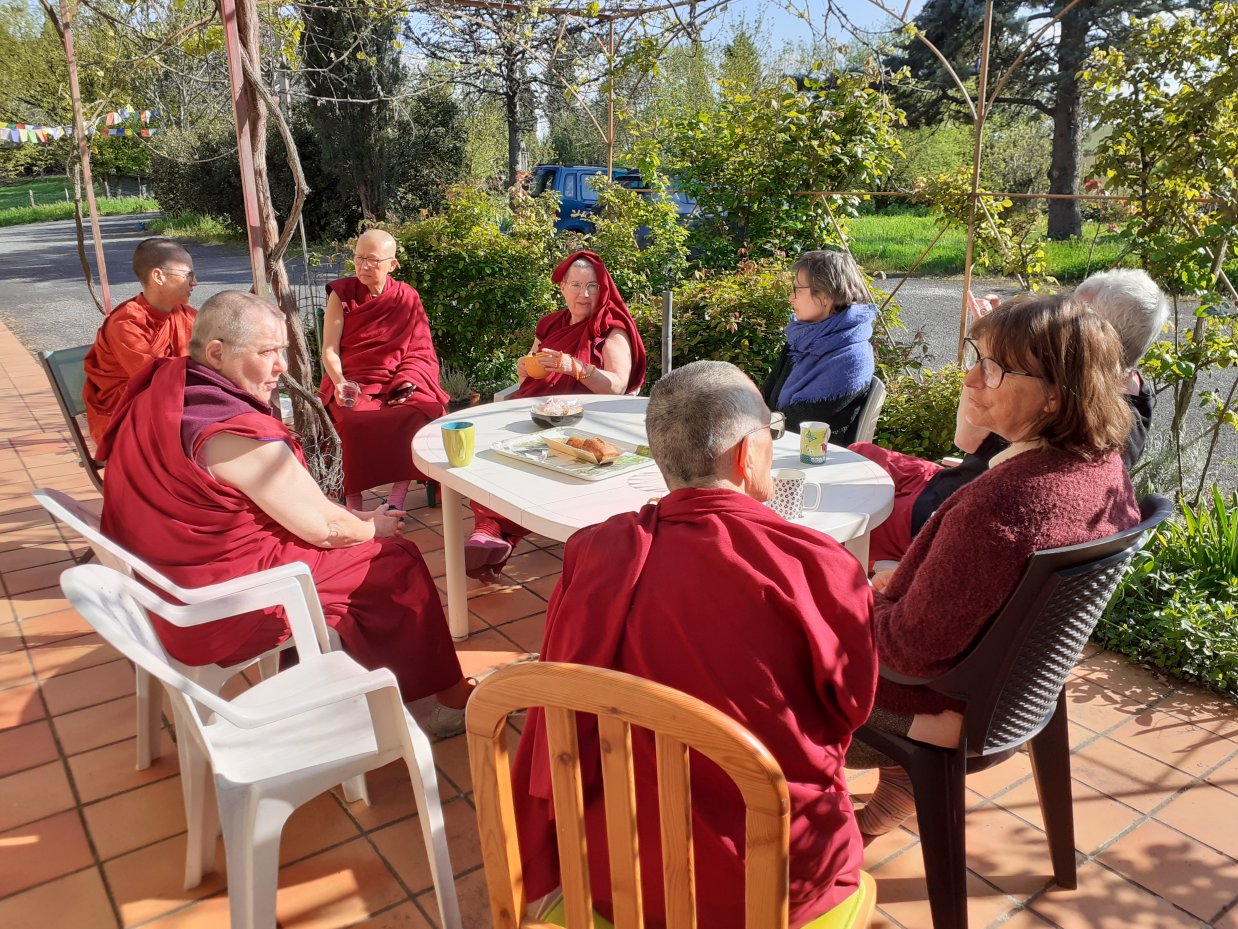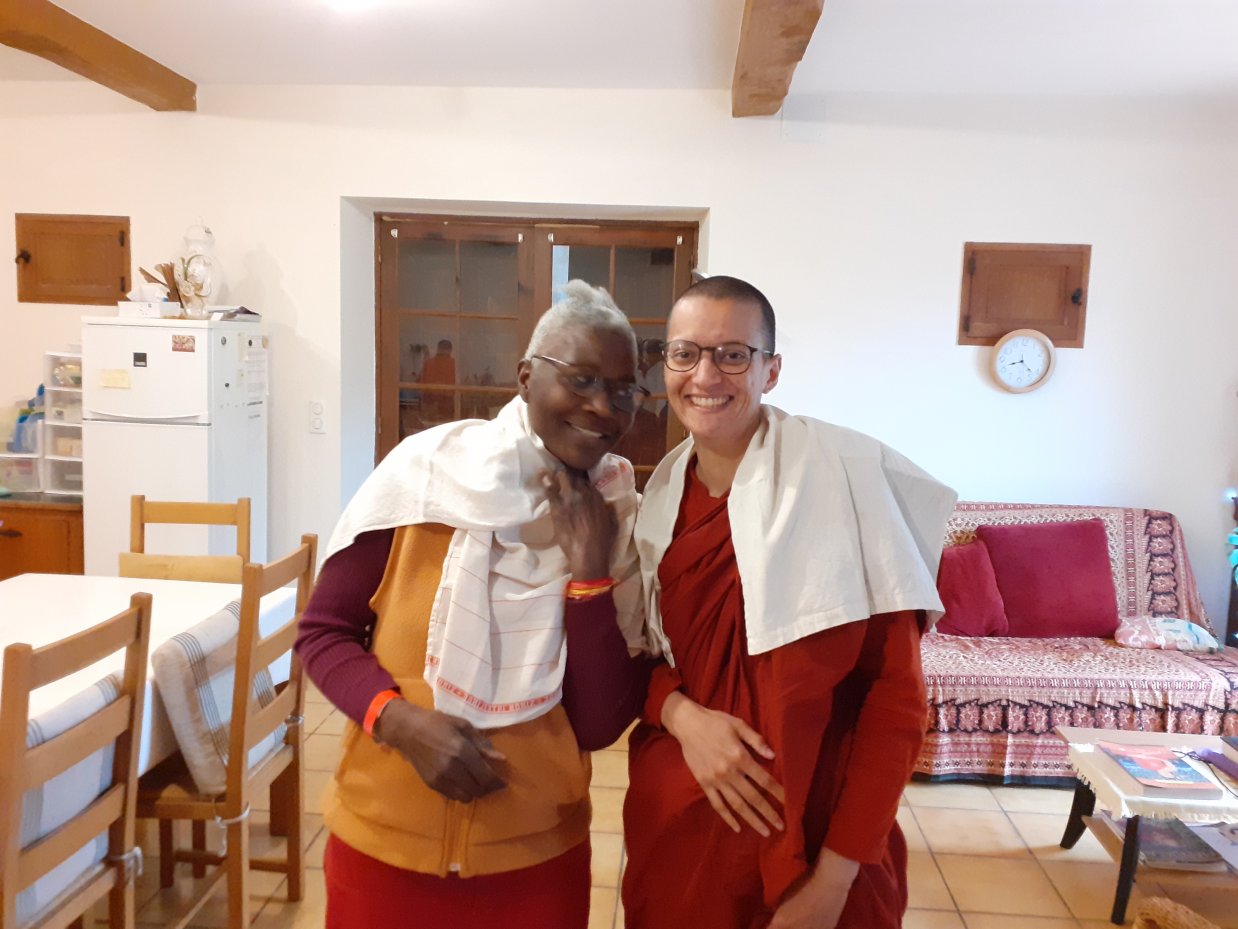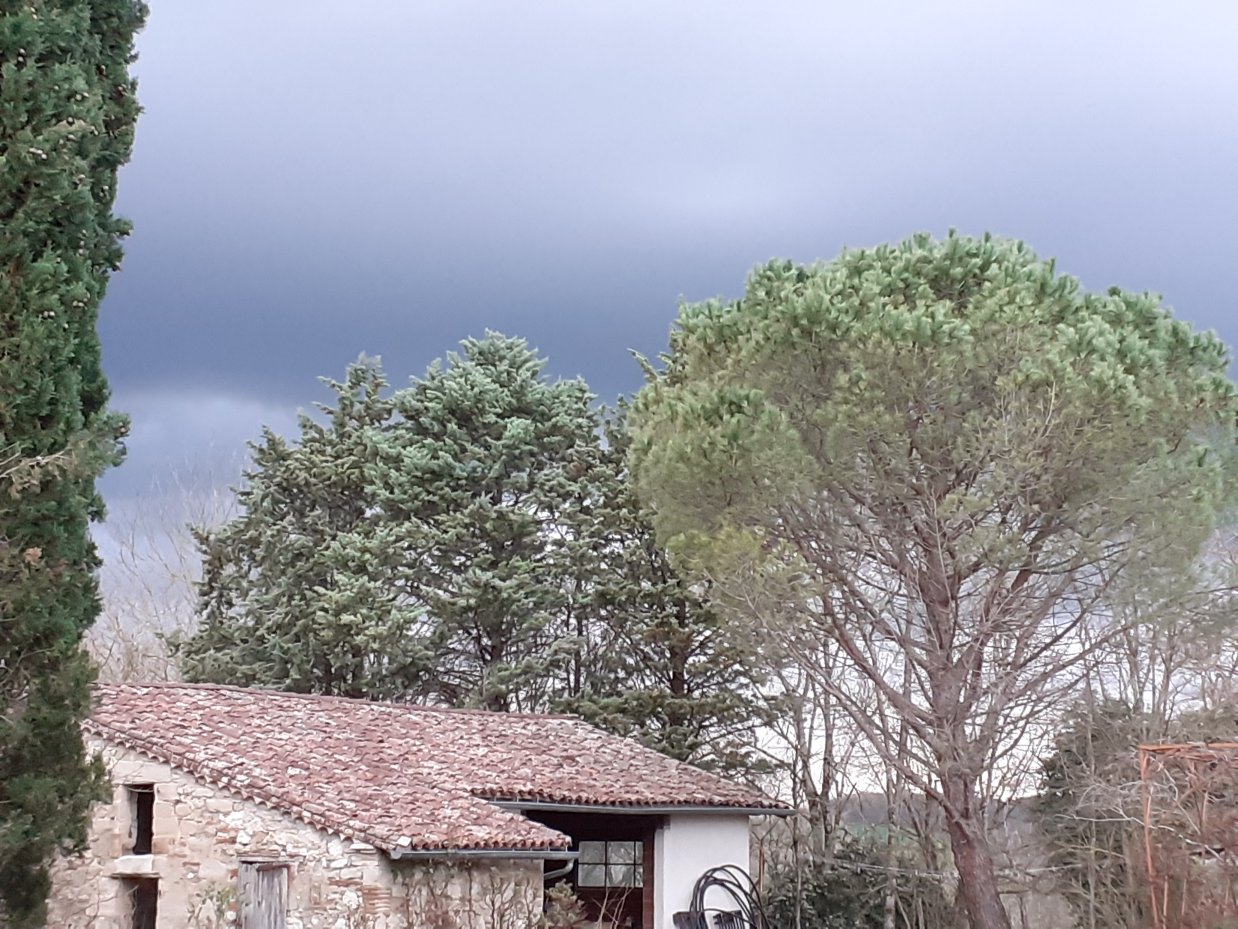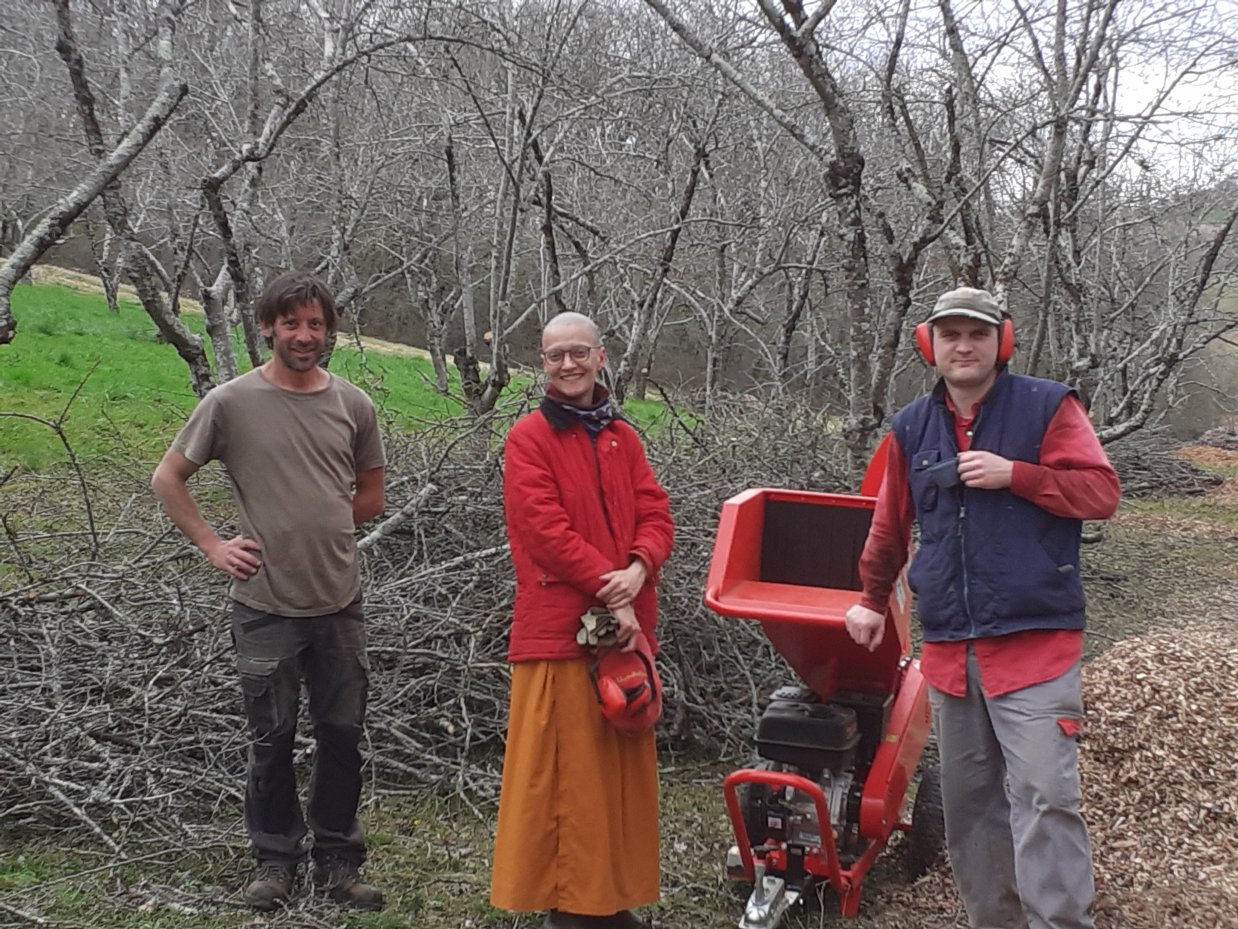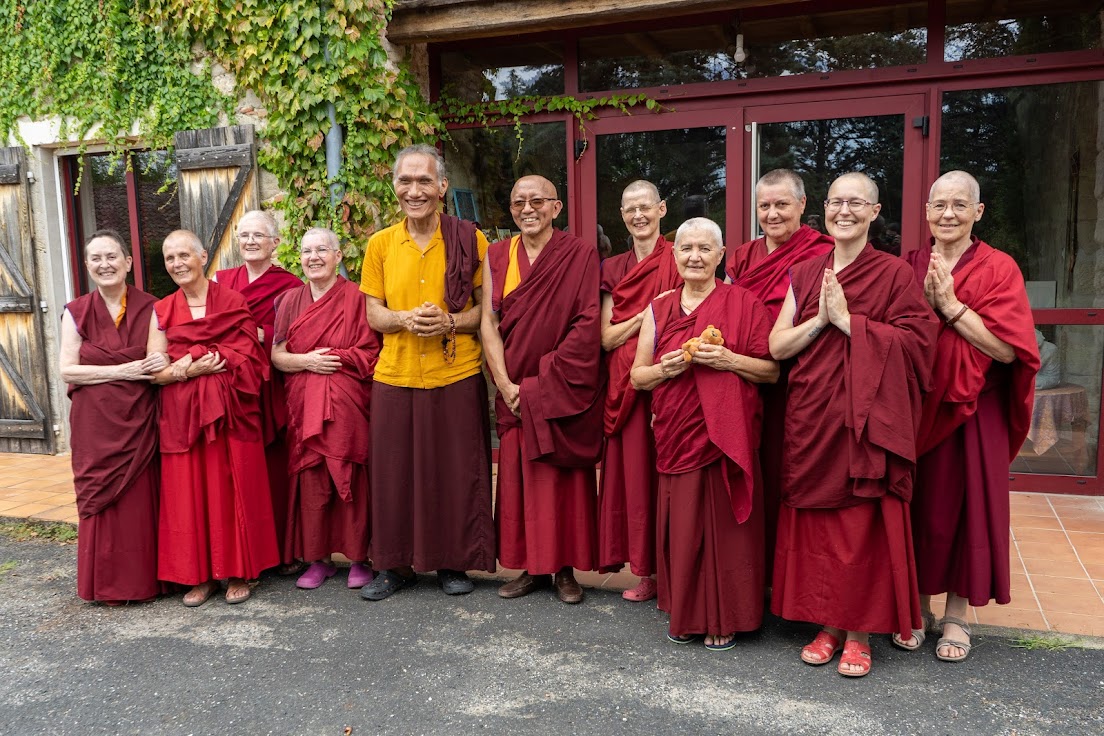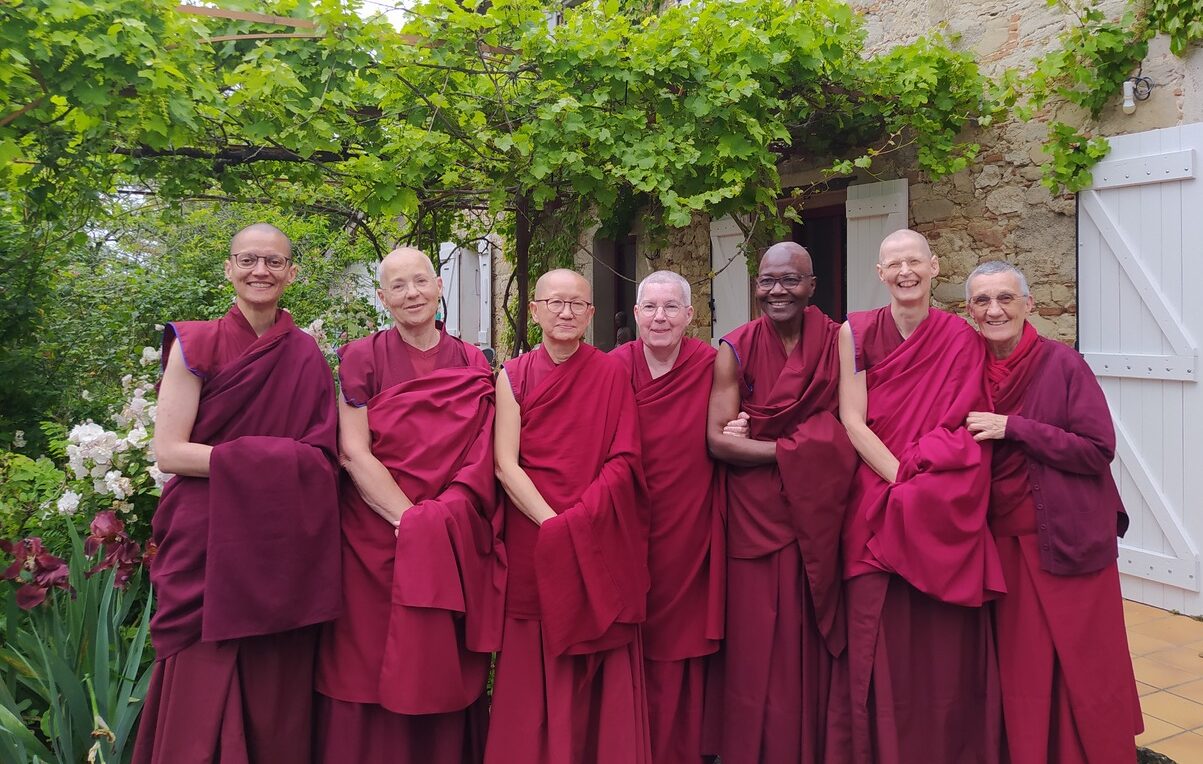
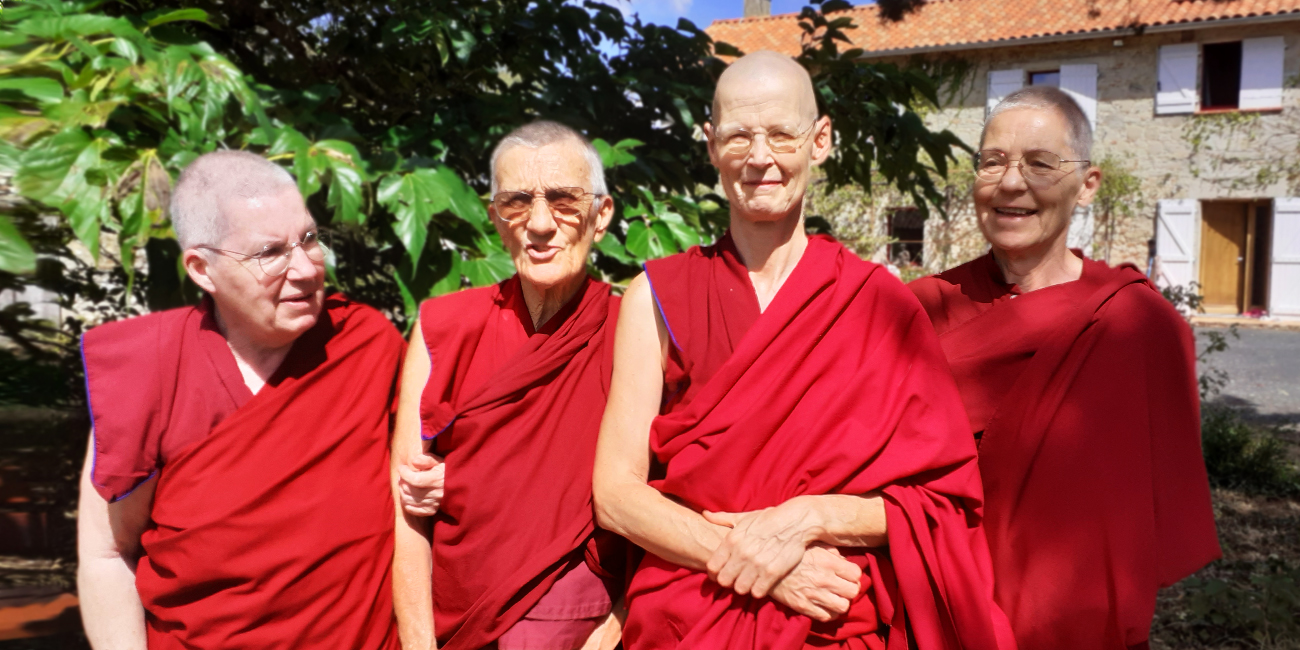
We are a budding community of Buddhist nuns in the Gelug tradition, situated in the small town of Fiac, in Southwest France, northeast of Toulouse. The first resident nun was Venerable Chantal Dekyi, director of the monastery project. Currently, we are six residents: Ven. Chantal, ordained in 1986, and more recently ordained Venerables Gyaltsen Palmo, Gyaltsen Chökyi, Thubten Lhamo, Tenzin Drolma and Tenzin Chöying. Our abbot is Geshe Thubten Loden, who is also the resident teacher at the nearby Vajrayogini Institute.
Dorje Pamo Monastery is a project affiliated with the Foundation for the Preservation of the Mahayana Tradition (FPMT), a worldwide organization under the spiritual leadership of Lama Zopa Rinpoche. The monastery is also part of an international community of Western FPMT monks and nuns known as the International Mahayana Institute (IMI), which has more than 300 monastics, among them 180 nuns, of which approximately 60 are Europeans.
Unique is the fact that Dorje Pamo Monastery is situated near the Vajra Yogini Institute and Nalanda Monastery, both also FPMT affiliates, together thus serving male and female monastics and lay people.

The property
Through the benevolence of a kind donor and the Vajra Yogini Institute, a suitable property has been obtained. This is the Domaine En-Baut, located in Fiac in the Tarn area, which comprises a large farmhouse and numerous outbuildings, and extends over 15 acres of green areas, orchards, meadows, woods, and includes a small pond. Its previous use was agricultural and there was an operational bakery on the premises. Due to past fire damage, and the need to expand residential accommodations, a lot of renovation work has been done.
The property has the potential to accommodate 8 nuns.
Why a Monastery?
There is suffering, but we can become free of suffering because there is a valid path leading to freedom. This path is as relevant today as it was at the time of the Buddha, as it points to the essence of the human condition beyond time and culture.
For those who want to dedicate their life to the spiritual path, the Buddha advocated the importance of giving up the householder’s life and stepping forth into monastic life. For these renunciates he established the four-fold Sangha: fully ordained monks, fully ordained nuns, male and female lay followers. This stable basis enables the teachings to remain a living tradition wherever it is established.
The Sangha needs a place to live – it cannot just dwell somewhere in space. It needs to be organized and this organization is the monastery. The monastery is the place where monks and nuns can live in vows, sheltered from distractions. The monastery plays a crucial role in preserving the Dharma. Without monasteries, it is difficult for monastics to take ordination and remain ordained.
«Without proper monastic communities and discipline, it will be very difficult to preserve and spread the Dharma.»
Lama Zopa Rinpoche
Why a monastery for nuns?
The few currently existing monasteries in the Gelug tradition in the west are mostly for monks. Thus, there is a critical need for monastic communities to provide a proper environment where nuns can live according to their vows, where they can practice together, where new nuns can be educated and where all can be taken care of.
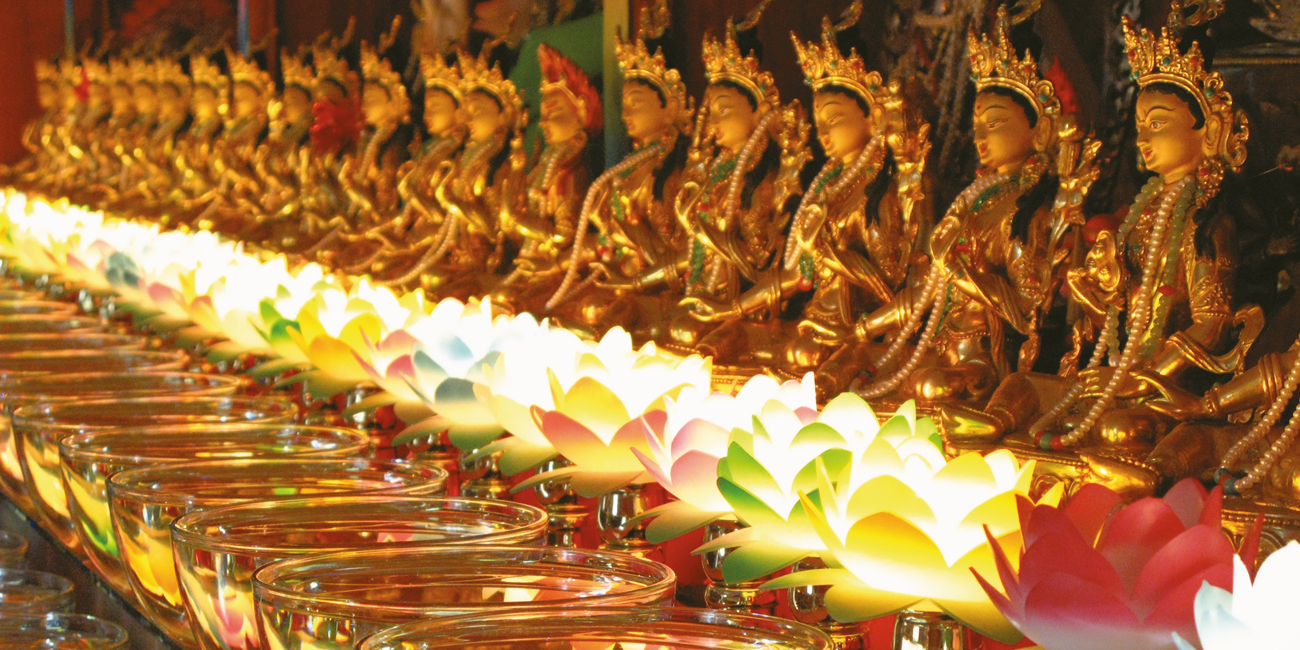
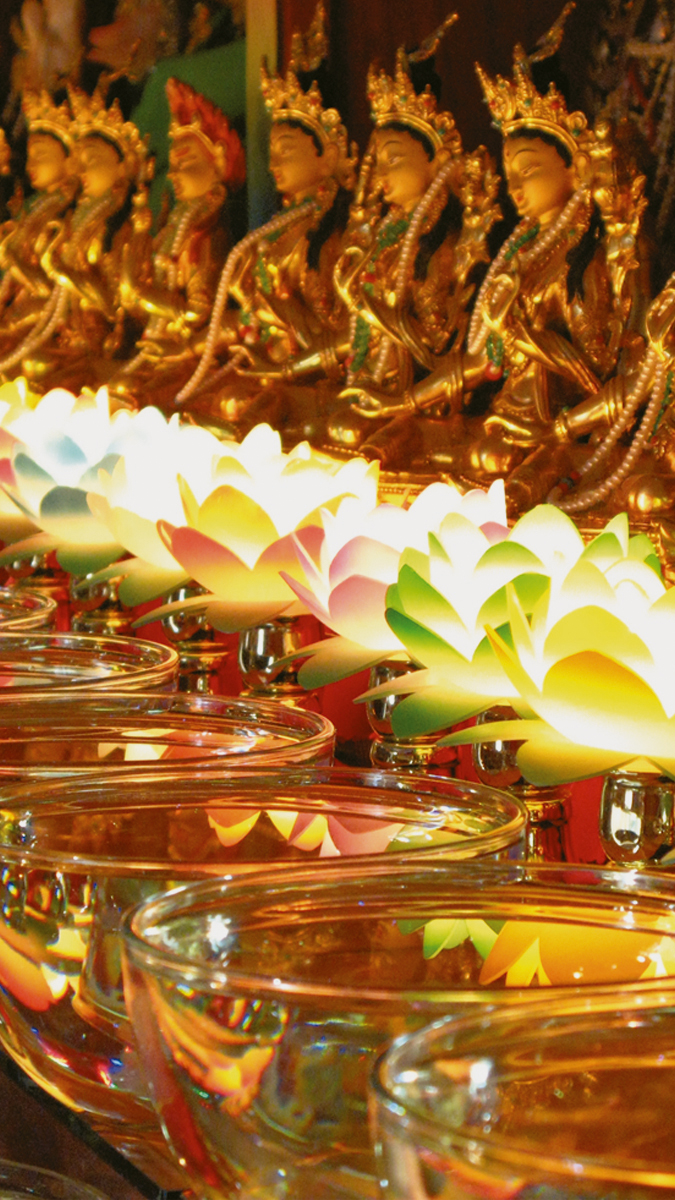
Developing the Monastery
The nuns need support and are very grateful for your help
To render the premises habitable for the nuns to move in and start the community, we had to undertake important building work. The development of the residential area reserved for nuns and the construction of the temple and adjoining library are completed.
The altar has recently been painted, and a very last decoration will soon be made. This leaves the statues to be chosen.
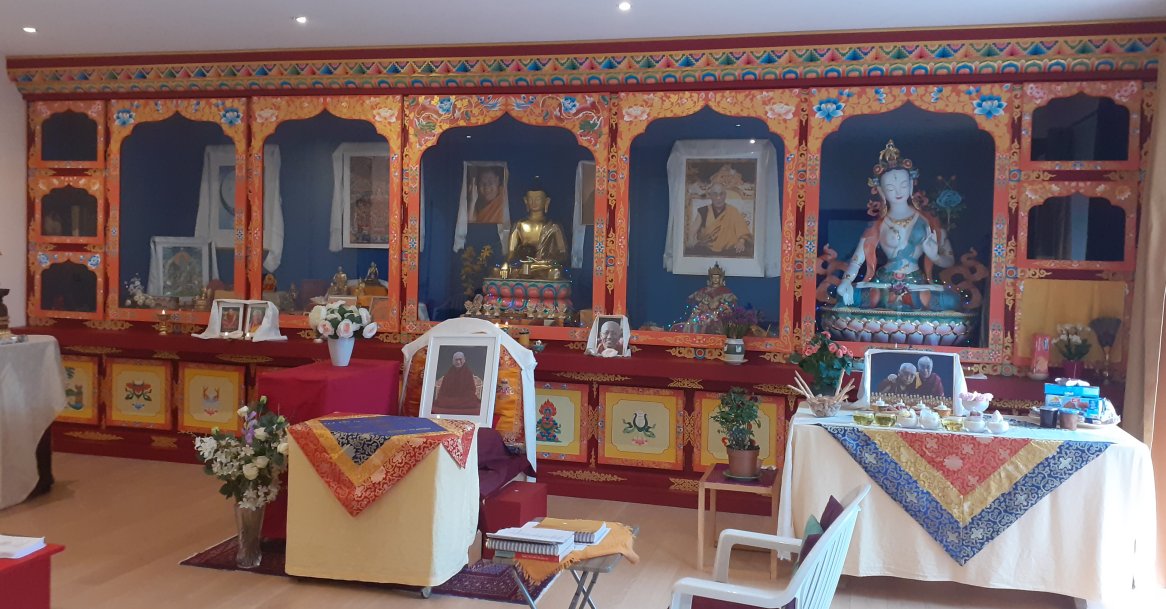
The next major step to be carried out is the construction of a new kitchen, which meets the requirements of the current time, and in which meals can be prepared for a larger number of nuns and visitors. This also entails some changes to the current kitchen/dining room. In addition, an access road to the kitchen is necessary.
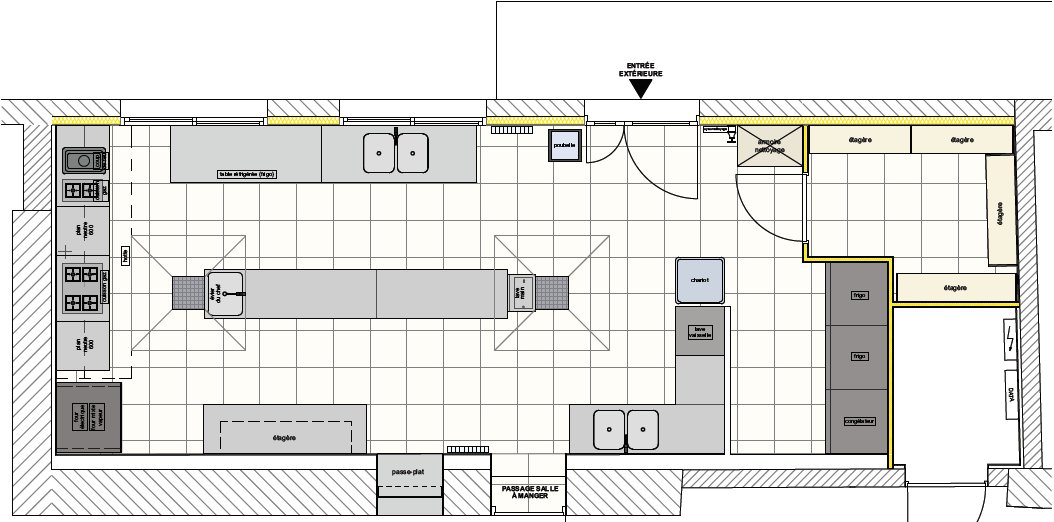
Your participation to this work is most welcome:

